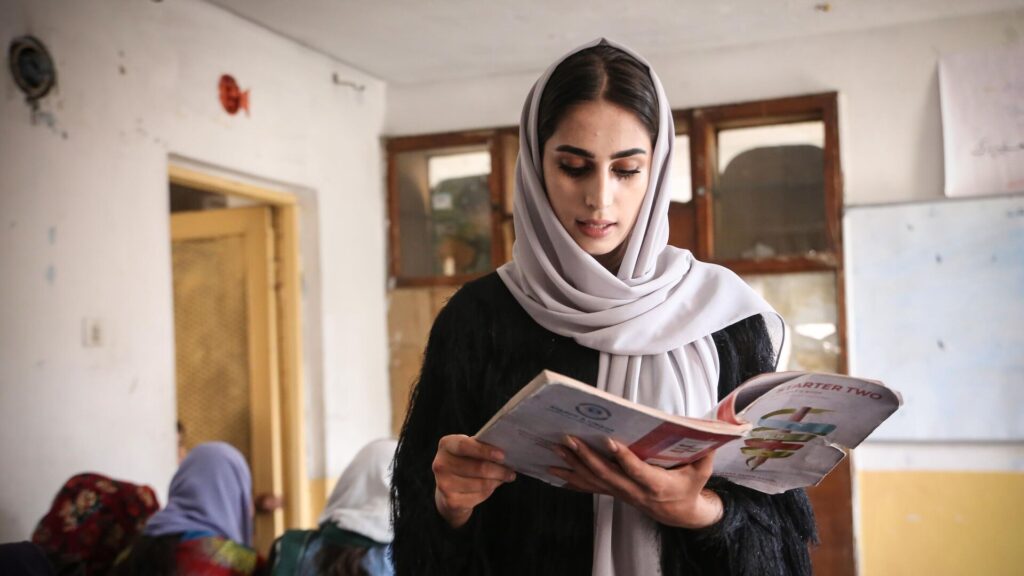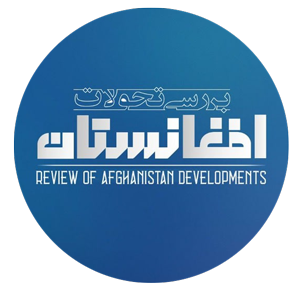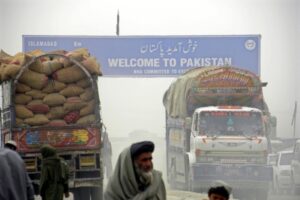Review of Afghanistan developments
Domestic violence in Afghanistan, particularly against women and children, is acknowledged as a significant human rights and social issue. This issue poses a threat not only to the physical and mental well-being of individuals but also undermines social structures, family relationships, and social unity.
Domestic violence in Afghanistan transcends being merely a private concern, as it is deeply entrenched in cultural, social, economic, and political contexts. The potential for violence can be examined at three distinct levels: macro, medium, and micro.
On a broader scale, the oppression of women and marginalized communities, the lack of legal and social safeguards, the prevalence of patriarchal culture, insecurity, and the lack of essential resources.
At the medium level, there is interference from surrounding individuals, insufficient family support, social class disparities, and a lack of victimization in the context of violence.
At the medium level, there is interference from surrounding individuals, insufficient family support, social class disparities, and a lack of victimization in the context of violence.
At the individual level, factors such as a significant lack of awareness among both women and men, economic conditions, neurological disorders, women’s passivity, ignorance of personal and fundamental rights, the normalization of violence, substance abuse, and unemployment can be identified as contributing factors to domestic violence.
Prevalence and forms of domestic violence
Domestic violence in Afghanistan is prevalent and manifests in multiple forms, such as physical, psychological, sexual, and economic abuse. Recent United Nations reports indicate that over fifty percent of married Afghan women between the ages of 15 and 49 have encountered physical or sexual violence from a partner at least once during their lives.
In Afghanistan, domestic violence extends beyond intimate partner abuse, as women frequently face violence from their husband’s family. Additional forms of violence encompass forced marriages, honor killings, and the denial of fundamental rights, including access to education and employment. This variety of violence illustrates the intricate social structures present in Afghanistan, which will be briefly examined below.
War and political instability
Years of warfare in Afghanistan have devastated social and economic structures, increasing the vulnerability of women to violence as a result of losing male protectors such as fathers, brothers, or husbands. For instance, women who are widowed or orphaned frequently find themselves compelled into violent and abusive marriages.
Economic poverty
The issue of poverty in Afghanistan not only serves as a source of psychological strain and familial discontent, but also restricts resources, opportunities, and life choices, thereby perpetuating a cycle of dependence, silence, and ongoing victimization for women and children. Also, inadequate income generates feelings of inadequacy, anger, and frustration in the primary earner, which can manifest as violent behavior within the family setting.
Patriarchal norms
In Afghanistan, the patriarchal culture has institutionalized a cycle of violence, particularly targeting women, as an accepted aspect of societal norms. While contemporary views deem violence against women as unacceptable, it remains sanctioned within its historical and traditional framework, which may explain why many individuals perceive these matters as private affairs.
Tolerance and silence culture
Within Afghan families, the prevailing traditional atmosphere encourages individuals to adopt a stance of tolerance politic. However, due to a lack of awareness regarding their fundamental rights, many either refrain from expressing the violence they endure or choose to endure it silently. This situation ultimately exacerbates numerous psychological challenges and illnesses, jeopardizing the overall health of the society.
Personality traits
Individuals suffering from mental health disorders exhibit a higher tendency towards violent behavior. Conversely, a diminished capacity to cope with stress or frustration significantly contributes to the likelihood of violent actions. Furthermore, the childhood environment plays a crucial role; those raised in violent surroundings are more inclined to display aggressive behaviors in their adult lives.
Drug addiction
The rise in drug consumption, particularly among men, has led to an increase in aggressive behaviors, mistrust, and suspicion, which in turn contributes to the escalation of violence within the family environment. Additionally, due to the financial burden of acquiring drugs, some reports from Afghanistan indicate that women and children have occasionally been sold to settle drug debts, forced into begging, or have become addicted themselves, further exacerbating familial conflicts.
Education level and income
Individuals, particularly women from families with limited education or no income, face a heightened risk of violence due to a lack of awareness regarding their fundamental rights, inadequate communication and problem-solving abilities, and a prevailing culture characterized by male-dominated ideologies. Conversely, women who possess independent income and higher education levels are relatively shielded from this threat, as they enjoy greater decision-making authority and are less likely to remain silent in the presence of oppression or violence.

Living together with relatives
Coexisting with relatives, particularly within extended families, fosters an environment that encourages individuals to engage and involve more actively in family life. This lifestyle reduces the reinforcement of authoritarian power structures, decision-making authority, and the autonomy of family members, particularly women, which can lead to an increased risk of violence, often perpetrated by a husband or his mother. In instances of such violence, the absence of social support leaves the victim with no choice but to suffer in silence.
Consequences of domestic violence
Individuals who experience domestic violence are at a significant risk of developing mental health disorders, including depression, anxiety, post-traumatic stress disorder, suicidal ideation, and attempts at suicide. The psychological strain associated with such experiences can erode self-esteem and self-confidence, resulting in pervasive feelings of helplessness and worthlessness.
Domestic violence at the family level results in the emotional and moral disintegration of the household. Rather than fostering companionship and collaboration, marital relationships devolve into arenas of power and control. In Afghanistan, women who suffer from violence frequently struggle to fulfill their maternal responsibilities, leading to disruptions in child-rearing. Moreover, the father, as the instigator of violence, not only forfeits his role as a provider of support and emotional stability but also becomes a primary source of anxiety and insecurity within the family.
In the social context, a patriarchal culture combined with inadequate support systems results in female victims encountering numerous cultural, familial, and legal obstacles. Many are compelled to remain in their homes due to the absence of alternative housing or financial assistance. This detrimental cycle perpetuates feelings of powerlessness and injustice, ensnaring the victim in a continuous pattern of violence.
From an economic perspective, domestic violence contributes to the cycle of poverty and financial reliance. Individuals residing in abusive settings frequently lack access to educational and employment opportunities, which hinders their ability to achieve independence. Additionally, children raised in these households face increased risks of adverse outcomes, including delinquency and substance abuse.
Legal Framework and Implementation Challenges
Despite the fact that domestic violence is one of the most prevalent forms of violence in Afghanistan, both during the republic and afterwards, there has been a lack of strong institutional cohesion and no robust legal framework to seriously address and resolve this issue.
Despite the involvement of multiple institutions in addressing these issues during the republican era, their influence was not fundamentally beneficial. This can be attributed in part to cultural norms, entrenched traditions, and existing power dynamics, particularly in rural regions where domestic violence is perceived as a private concern, leading to a reluctance to pursue legal remedies.
Related content:
Social Trust Crisis in Afghanistan
The Impact of Afghanistan War on Mental Health
Conclusion
Domestic violence in Afghanistan poses a significant barrier to social development, family stability, and the mental health of the community by undermining social capital, perpetuating a culture of violence, and institutionalizing gender inequality. As long as this phenomenon is viewed merely as a personal and familial issue rather than a public crisis, no sustainable change will occur for those affected by violence.
These acts of violence will lead to the perpetuation of violent patterns in future generations, the deterioration of family relationships, an increase in psychological disorders, and the proliferation of violent and deviant behaviors within society. Furthermore, the continuation of violence will heighten distrust and isolation in the community, hindering the development of social cohesion.
Consequently, if this cycle is not halted, society will face cultural stagnation, economic regression, and deeper social crises. Addressing this crisis requires comprehensive policy-making in the areas of education, healthcare, justice, social support, and sustainable cultural development.
In the current context of Afghanistan, where domestic violence is widespread yet concealed, and access to justice for women is nearly obstructed, solutions must be realistic, culturally relevant, and tailored to existing limitations. The primary and most effective approach is education. This education can encompass recognizing patterns of violence, building self-confidence, non-violent parenting, and communication skills.
On the other hand, since a significant portion of violence is justified through traditional means, it is essential to engage knowledgeable religious figures who are well-versed in faith and trusted by the community to reinterpret Islamic concepts. For instance, emphasizing the Prophet’s treatment of women or the verses and hadiths that highlight mercy, kindness, and justice within the family can establish a religious legitimacy against violence. This approach emerges from within the culture of the people and does not create conflict; rather, it gradually transforms public perception.
Ultimately, the solution to reducing domestic violence in Afghanistan lies not in rapid legal changes or open confrontation with the power structure, but rather in raising awareness, empowering individuals, fostering solidarity, and intelligently utilizing religion, tradition, and media. The path to salvation is one of patience, wisdom, and gradual progress from within the community.

















